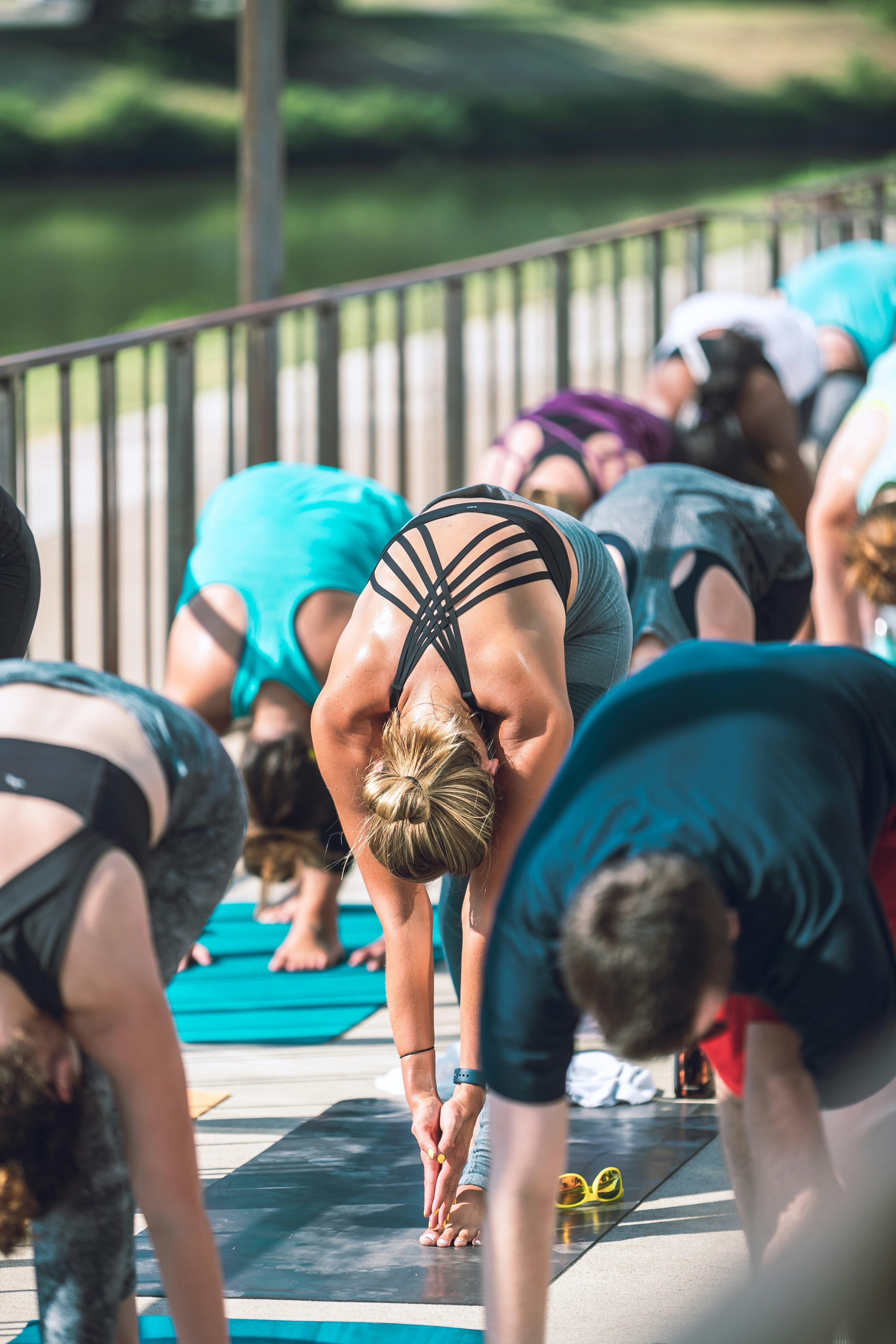In the realm of strength training, where barbells clank and weights thud with rhythmic precision, a subtle yet powerful revolution is quietly reshaping the way we approach fitness. Enter unilateral exercises—a dynamic and often underappreciated component of strength training that is gaining well-deserved recognition. These exercises, which focus on one limb or side of the body at a time, offer a multitude of benefits that extend far beyond mere muscle building. From enhancing balance and coordination to addressing muscular imbalances and boosting core stability, unilateral exercises provide a holistic approach to strength and resilience. As we delve into the world of single-arm and single-leg movements, we uncover how these exercises not only sculpt our bodies but also fortify the foundation of our physical well-being. Join us as we explore the compelling advantages of incorporating unilateral exercises into your fitness routine, unlocking new dimensions of strength and symmetry.
Balancing Strength and Stability with Unilateral Movements
Incorporating unilateral exercises into your strength training routine is an excellent way to cultivate both strength and stability. These exercises, which involve working one side of the body at a time, provide a unique challenge to your muscles and your mind. By focusing on one limb or one side of your body, you force your muscles to engage more deeply, promoting greater muscle activation and balance. This can be especially beneficial for correcting muscle imbalances and enhancing coordination. With one side of the body carrying the load, the core muscles are also activated to stabilize the body, contributing to improved core strength.
- Enhanced muscle balance and symmetry
- Improved core stability and engagement
- Increased focus and concentration during workouts
- Reduction in injury risk by addressing muscle imbalances
Moreover, unilateral movements require a high degree of neuromuscular coordination, making them a powerful tool for athletes and fitness enthusiasts alike. Whether you’re performing a single-leg squat or a one-arm row, these exercises demand that your body work in a coordinated fashion, improving your overall functional fitness. As you progress, you’ll likely notice improvements not only in your strength levels but also in your athletic performance and daily movement patterns.

Enhancing Core Engagement through Single-Sided Exercises
Incorporating single-sided exercises into your routine can be a game-changer for core engagement. By working one side of the body at a time, these exercises force the core to stabilize and balance the body, enhancing muscular strength and coordination. This not only improves overall performance but also helps in correcting muscle imbalances that might be overlooked in bilateral training. The asymmetrical load challenges the core muscles in a unique way, fostering greater activation and endurance.
- Improved Balance: Single-sided exercises demand greater balance, activating stabilizing muscles that are often neglected.
- Enhanced Coordination: Engaging one side of the body enhances neuromuscular communication, improving overall coordination.
- Injury Prevention: By addressing imbalances, these exercises reduce the risk of injury, particularly in the lower back and hips.
- Increased Core Activation: The core must work harder to stabilize the body, leading to stronger and more defined abdominal muscles.

Correcting Muscle Imbalances for Optimal Performance
In the realm of strength training, achieving symmetry is often the unsung hero behind optimal performance. Unilateral exercises play a pivotal role in correcting muscle imbalances, ensuring that both sides of the body develop evenly. By focusing on one limb at a time, these exercises offer a unique advantage in targeting specific muscles that might otherwise be neglected in bilateral training routines.
- Enhanced Muscle Activation: Unilateral exercises force the stabilizing muscles to engage more actively, leading to improved coordination and balance.
- Injury Prevention: By identifying and addressing weaknesses in individual limbs, these exercises can reduce the risk of injuries commonly associated with muscle imbalances.
- Improved Core Stability: With one side of the body working at a time, the core muscles are required to stabilize the body, promoting a stronger and more resilient core.
Whether you’re an athlete striving for peak performance or someone seeking a balanced physique, incorporating unilateral exercises into your routine is a strategic move towards enhanced strength and symmetry.

Incorporating Unilateral Work into Your Routine for Maximum Gains
Unilateral exercises are a game-changer in the world of strength training, offering a fresh perspective on balance, symmetry, and power. By focusing on one side of the body at a time, these exercises ensure that both sides are equally challenged, reducing the risk of muscle imbalances and enhancing overall coordination. This type of training not only targets the major muscle groups but also engages the smaller stabilizing muscles that often go unnoticed during bilateral movements.
- Improved Balance and Coordination: Performing exercises like single-leg squats or one-arm rows demands a greater level of balance, forcing your core and stabilizer muscles to work harder.
- Enhanced Muscle Symmetry: By isolating each side of the body, you can identify and correct any strength discrepancies, promoting more symmetrical muscle development.
- Increased Core Engagement: Unilateral movements naturally engage the core more intensely, as it works to stabilize the body, leading to a stronger and more defined midsection.
Integrating these exercises into your routine doesn’t require a complete overhaul. Start by incorporating one or two unilateral movements per session, such as lunges or single-arm presses. As you become more comfortable, gradually increase their frequency and variety, allowing your body to reap the full spectrum of benefits that unilateral training has to offer.
To Conclude
In the vast landscape of strength training, unilateral exercises stand as a testament to the power of balance and precision. These movements, often overlooked, offer a unique pathway to enhancing stability, addressing muscular imbalances, and elevating overall performance. As you incorporate these exercises into your routine, envision each lift and lunge as a step towards greater symmetry and strength. The journey through unilateral training is not just about building muscle; it’s about forging a harmonious relationship between mind and body, one side at a time. Embrace the challenge, relish the growth, and let the newfound balance resonate beyond the gym. Whether you’re a seasoned athlete or a fitness enthusiast, the benefits of unilateral exercises are yours to explore, promising a stronger, more balanced you.
